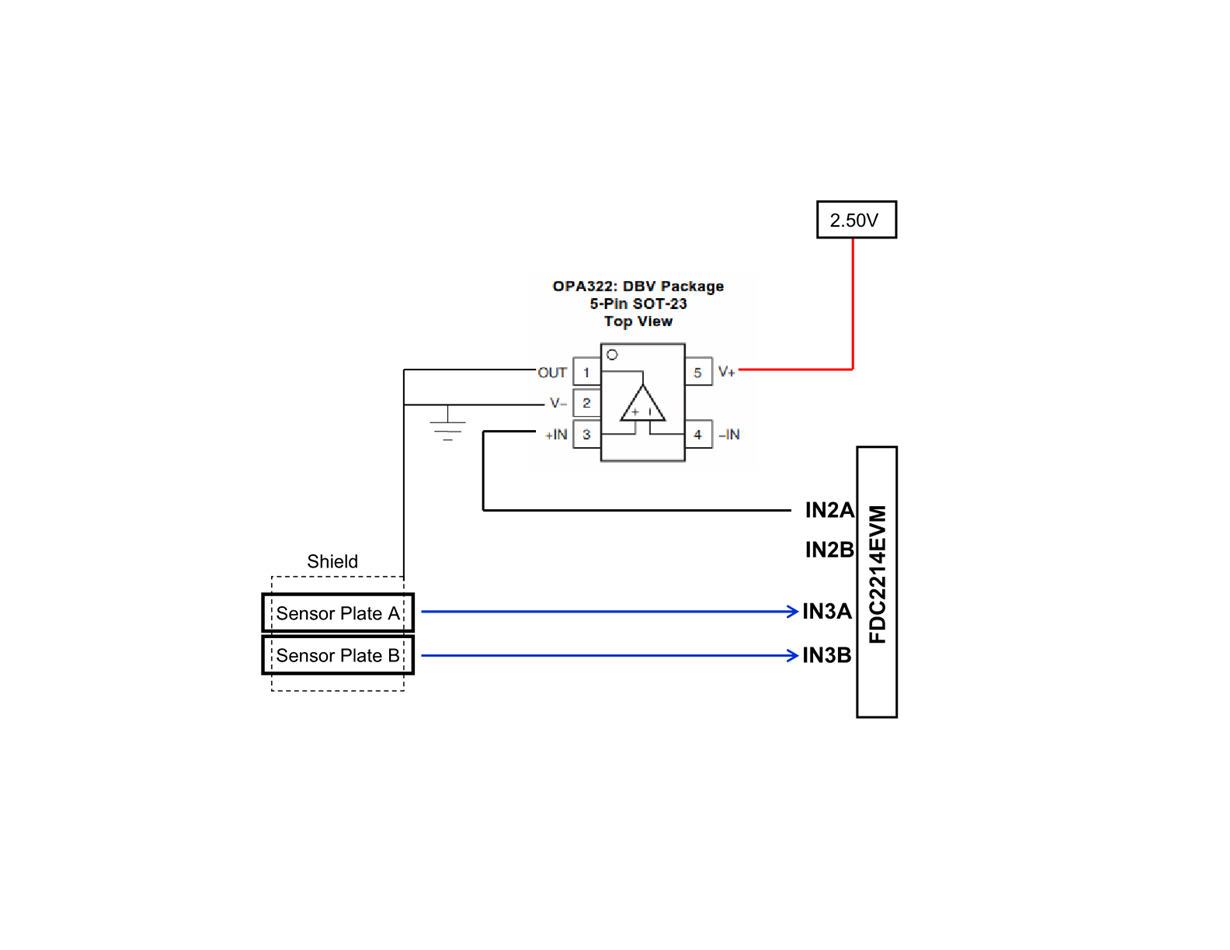Other Parts Discussed in Thread: FDC2214, , FDC1004EVM, FDC1004, FDC2212, MSP430F5529, LDC1614EVM, LDC1614, OPA322
Hi,
I am going to use LabVIEW to control the FDC2214, however, TI does not have LabVIEW support for FDC2214, alternatively, I am going to use National Instruments(NI) I2C module NI USB-8452.
The NI USB-8452 is a USB 2.0 high-speed, high-power device with a maximum theoretical transfer rate of 480 Mb/s. Using a high-speed FPGA-based architecture, the NI USB-8452 supports SPI data acquisition up to 50 MHz and I2C communication up to 3.3 MHz. The programmable reference voltage covers logic families from 1.2 V to 3.3 V, which makes the NI USB-8452 versatile for most SPI/I2C tests and verifications.http://www.ni.com/pdf/manuals/371746d.pdf
The FDC2214 has a frequency requirement in both master clock (2-40MHz) and excitation (0.01-10Mhz). The up to 3.3Mhz frequency limit of the NI USB-8452 is at the very low end of the FDC2214.
I would like to know if the NI USB-8452 can be used to control the FDC2214. The benefit of using a NI I2C controller is that NI provide many VIs and descriptions on how to use the VIs, which make it easier for me to program the controller according to my application.
Regards,
Gu


